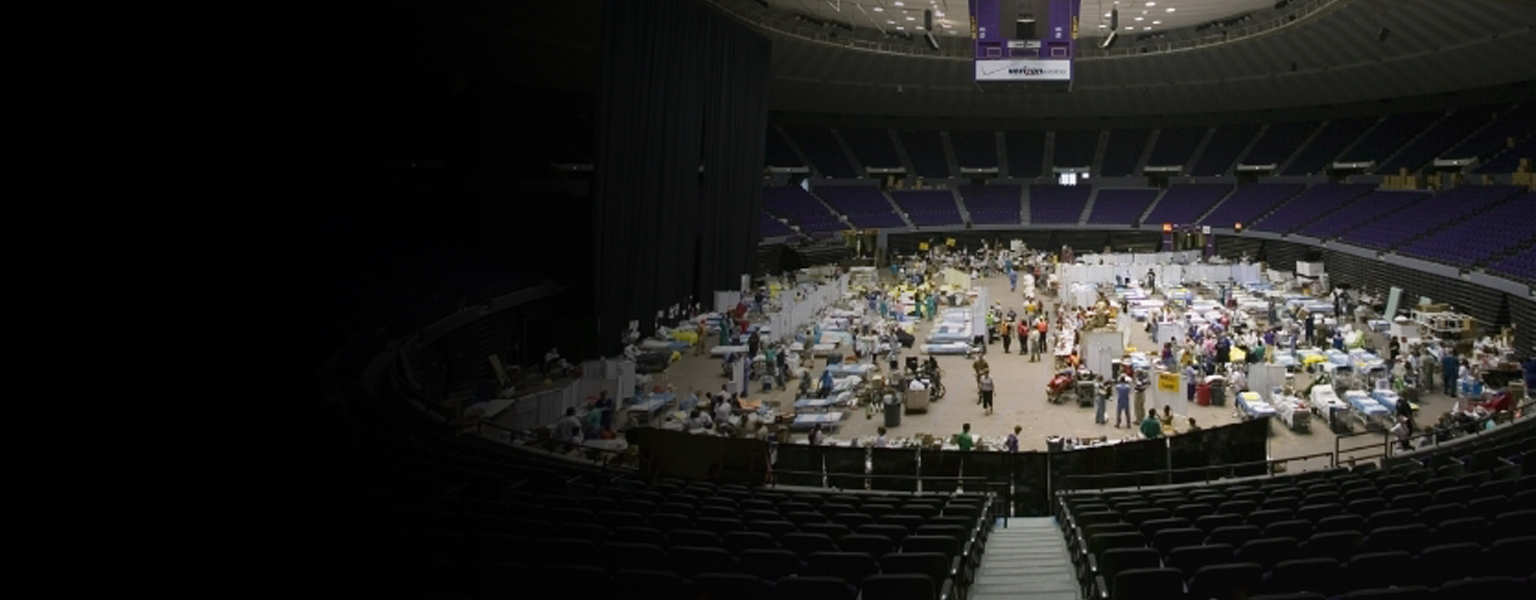ORGANIZATIONAL TOOLS
In this section there are multiple forms that will be critical for keeping operations organized. The use of the Hospital Incident Command System works well, though some modifications are necessary for field operations in a TMTS. Included are a collection of forms that cover the TMTS operations and Job Action Sheets (JAS) for each position. A sample organization chart that is used by IMERT has been provided as an example. It is very clinically focused and meant to organize resources around the patient care process. Also included, as examples, are copies of the IMERT Triage and Treatment record, doctors’ orders, nurses notes, etc.
These forms are all provided as examples only, and can be modified to fit various operational roles and needs. For example, one can add, subtract or double up on assigned tasks as needed and modify the Hospital Incident Command System (HICS) forms accordingly.



